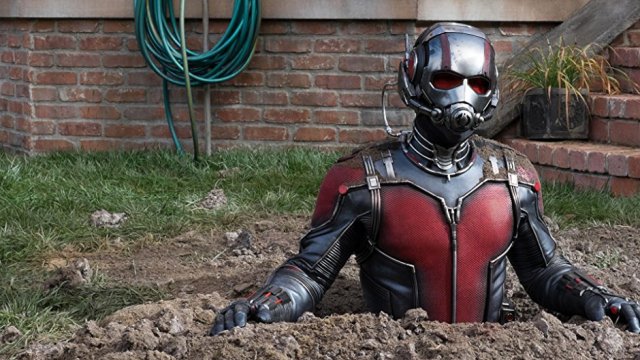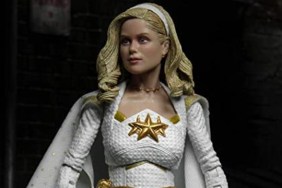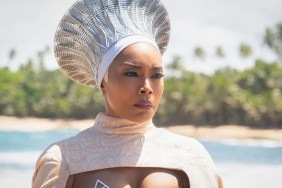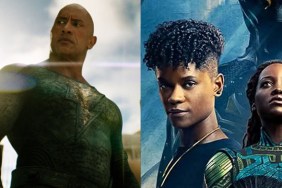To celebrate Spider-Man: Far From Home’s impending release, we’re taking a look back at the entire MCU. Entry by entry. Our goal with this retrospective is to trace the footsteps of Marvel Studios. And in doing so, to understand the decisions made along the way to becoming a Hollywood powerhouse.
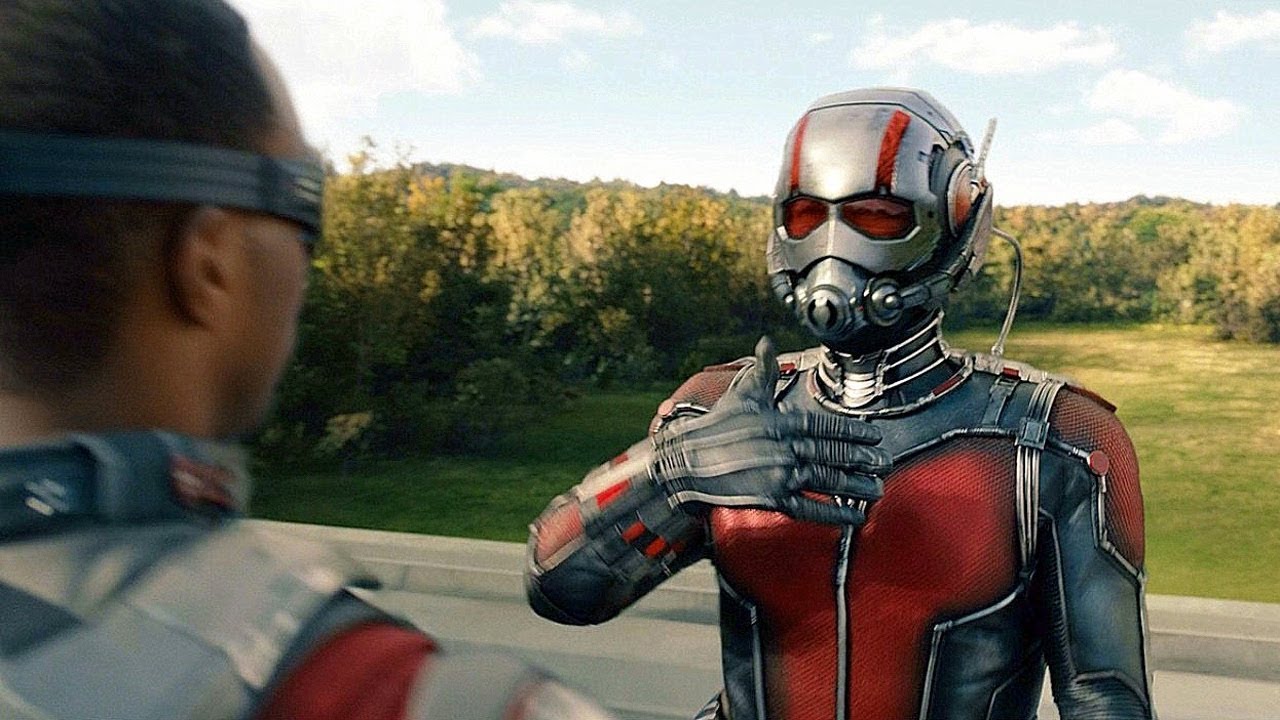
Ant-Man is an interesting character, with an even more fascinating concept behind his powers. He was one of Marvel’s best silver age characters and one of the founding fathers of the Avengers. Despite this, fans often perceive him as a C-tier character, with one of the sillier skillsets of all the Marvel stable. So adapting the character in live-action required a tough juggling act of elements. It also needed a certain level of technological innovation to pull off convincingly.
While the technology would eventually catch up to the premise of Ant-Man, the more difficult hurdle for the character to overcome was becoming relatable. More importantly, his silver screen debut had to make him cool. Although the film we ended up getting was able to achieve both these elements, the developmental setbacks almost broke the movie before it began. The biggest problem with Ant-Man is that – unlike its deeply flawed predecessor only a few months earlier – it feels fairly bland.
Sterner Stuff Than This
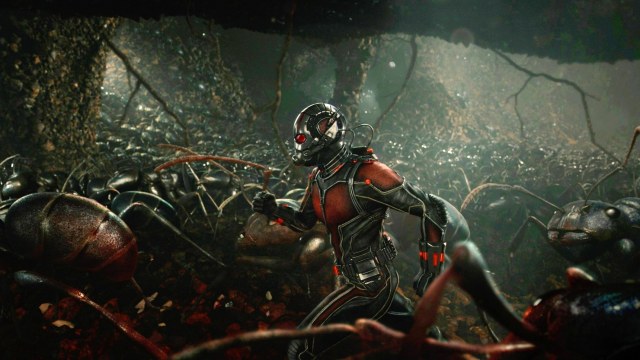
Even though the film itself tells a pretty straightforward tale, Ant-Man took a decidedly less-than-direct route to the big screen. None other than Stan Lee first tried to get an Ant-Man movie off the ground in the 1980’s. That makes it one of the only pre-MCU movies in development to actually make it into that universe. Although Lee initially failed, an unlikely personality showed serious interest in getting an Ant-Man movie made – Howard Stern. According to the radio host, he met with Marvel sometime in 2000 and attempted to purchase the rights. While we’re probably better off that this didn’t happen, Marvel announced an Ant-Man film only a few months later. In a (nearly) groundbreaking deal with the now-defunct Artisan Entertainment, Marvel would co-produce a slate of fifteen different characters and properties.
Although nothing came of this deal, it sowed the seeds for Ant-Man’s developmental path for the next decade. In the years after announcing the slate of films, Artisan began meeting with filmmakers to develop various projects. As it so happens, a then up-and-coming filmmaker named Edgar Wright took one of these meetings. According to Wright, the production company had expressed an interest in developing some of Marvel’s lesser-known titles.
Ant-Man naturally stood out, due to Wright’s childhood interest in the John Byrne and David Michelinie run with the character. Having just come off of Shaun of the Dead, Wright eventually enlisted Joe Cornish as a writing partner with the intent of directing. The two wrote a treatment revolving around the Scott Lang iteration of Ant-Man. Wright described this as going “slightly in the Elmore Leonard route,” referencing the eventual crime elements of the story.
Re-Wright
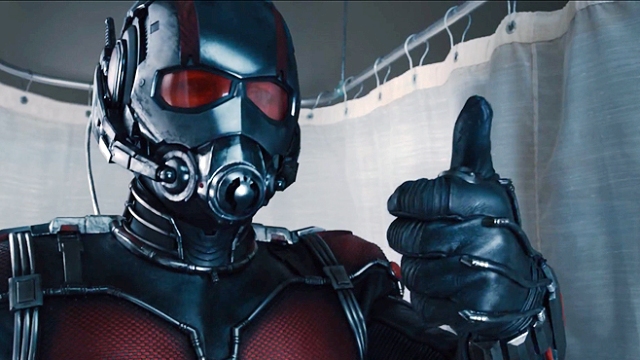
Artisan apparently rejected their take on the material, wanting to do something that was more “like a family thing.” This suggested that they wanted a more traditional story akin to Honey, I Shrunk The Kids. While Wright firmly believes that their treatment never actually got sent to Marvel, Artisan was dealing with bigger problems. They were hemorrhaging financially due to a string of flops in the previous years. As a result, Artisan was sold to Lionsgate in 2003, which is probably why the duo’s treatment somehow got lost in the shuffle. In a stroke of luck, Wright ran into Avi Arad and then head of production Kevin Feige a year later at Comic-Con. Ironically, he pitched the exact same idea from their treatment before, which intrigued the Marvel executives. They read the treatment, which eventually served as the basis for Ant-Man’s story in the final film.
In April 2006, Wright was officially hired, alongside Jon Favreau, as the first two directors for newly formed Marvel Studios. Marvel made the announcement official at Comic-Con that same year, where Wright confirmed that the script included both Hank Pym and Scott Lang. The filmmaker’s vision for Ant-Man encompassed an action-adventure heist flick with comedic elements. Despite Lang being the primary protagonist, Wright also wanted to feature a sequence of Pym in “full Tales to Astonish mode” that would open the film. Interestingly enough, Wright didn’t want to include references to the larger universe.“The last thing I want to do is try to cram too much in and fail,” Wright would almost prophetically declare. While this ultimately became Wright’s downfall, he and Cornish set out to write the screenplay. Nearly five years had passed since they first pitched it.
Test Phase
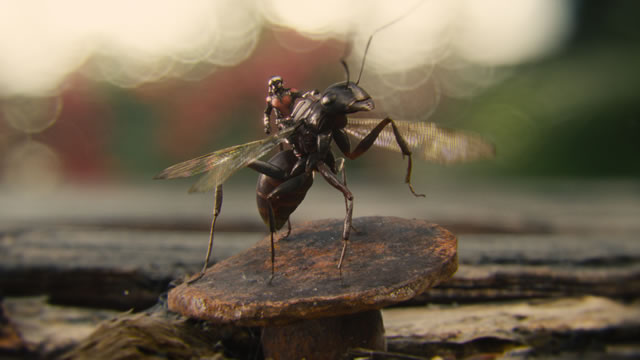
Because an Ant-Man movie wasn’t a huge priority for the studio, the filmmakers had time to refine the script. By 2011, the duo had completed three drafts, but Ant-Man was still in a holding pattern with The Avengers now on the horizon. In mid-2012, Wright revealed he secretly shot test footage for the film. He took this unprecedented step to test out the potential look and tone of the movie, along with deciding how convincing Ant-Man’s powers would be on screen. Six years after the official announcement, Wright surprised audiences at that year’s Comic-Con by showing the footage that he had shot. The test reel looked like something entirely different than Marvel had ever made before. But it also proved that Wright had found a way to make Ant-Man work on the big screen.
In October of that same year, Marvel officially gave Ant-Man a prime fall 2015 release date. However, pre-production didn’t actually begin until October of 2013 due to the production of The World’s End. Wright was grateful for this extra time because of the advancements in VFX technology. With pre-production finally in full swing, his attention turned to casting. By the end of the year, Paul Rudd signed on to play Lang. A month later in January 2014, Michael Douglas joined. Wright then added Michael Peña, Evangeline Lilly, and Corey Stoll. Both Rudd and Douglas were certainly unconventional, but welcome choices for the two Ant-Men. However, larger issues were brewing behind the scenes on the seemingly doomed production.
Ant-Man and the Loss
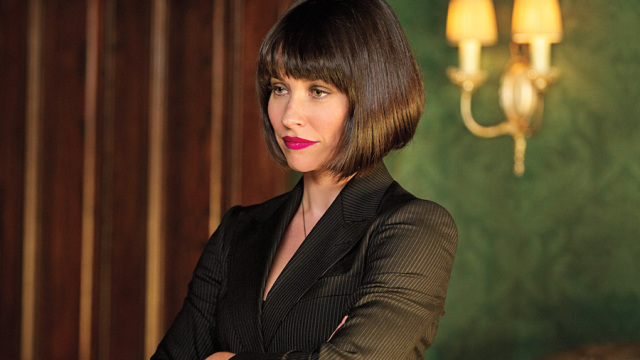
On May 23, 2014 Marvel Studios and Edgar Wright jointly announced that the two had officially parted ways. Officially, “differences in their vision for the film” caused the split. While the whole “creative differences” excuse often sounds like a politically correct parting of the ways, it seems actually the case here. “I wanted to make a Marvel movie but I don’t think they really wanted to make an Edgar Wright movie,” said Wright years later. Earlier that year, Marvel had once again commissioned a rewrite by Wright and Cornish. They wanted to further adapt Wright’s standalone script to the increasingly growing MCU. And that had evolved greatly since the initial pitch.
Although they had turned in their fifth draft of the script, disputes over the direction came to a head. As a result, Marvel commissioned an updated version of the script from an in-house writer, which understandably upset Wright. This straw broke the camel’s back for the auteur. Afterward, Wright also noted that the movie was “a tough thing to move forward on” and a “heartbreaking decision.” He further elaborated: “Suddenly becoming a director-for-hire on it, you’re sort of less emotionally invested and you start to wonder why you’re there, really.”
Peyton, Manning up
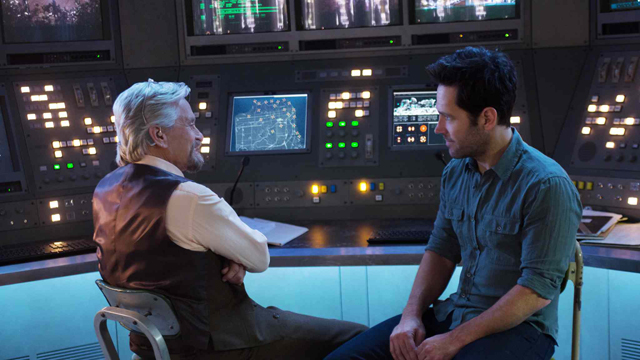
Most of the crew, like cinematographer Bill Pope and composer Steven Price, left the project in solidarity. However, many of the cast members were still contractually obligated to appear. Kevin Feige then revealed that the film would still be able to meet its July 2015 release date, meaning that a search for a replacement director went into full swing. While Adam McKay originally entered negotiations to helm the film, Peyton Reed eventually landed the job. Instead, McKay opted to co-write the impending script revisions with none other than Paul Rudd himself.
Rudd acknowledges that the script by Cornish & Wright served as the “blueprint” for their rewrite of the script. At the same time, Rudd elaborated on the differences in their draft. “If you took the two scripts and held them up together they’d be very different—but the idea is all theirs.” According to Reed, the duo brought in Janet Van Dyne’s presence in the film, the inclusion of the quantum realm, and of course the brawl with Falcon at the midpoint of the story. They also expanded Lilly’s role, and added the hilarious Luis sequences. In addition, they replaced the “tales to astonish” action sequence featuring young Hank Pym with the flashback scene.
Still Antsy
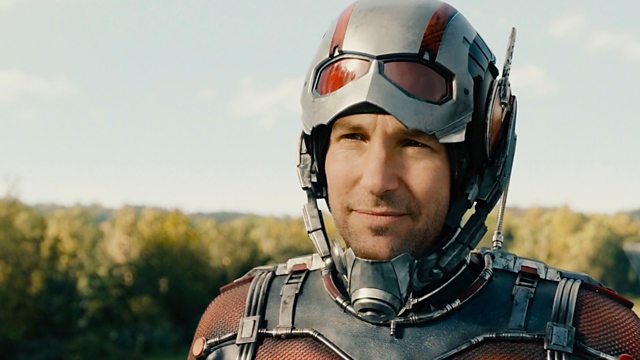
The film eventually went into a relatively straightforward production and post-production process, making its intended release date. While Cornish & Wright shared screenplay credit with McKay & Rudd, the former two retained sole story credit. Upon the film’s release, Wright would also hold an executive producer credit on Ant-Man. But having Wright’s name still attached to the final product makes it all the more disappointing.
It’s impressive that Feige and company were able to rework the film in such a short time frame. Peyton Reed also made a pretty interesting film despite less-than-ideal standards, and he deserves credit for that as well. The final version of Ant-Man successfully establishes both Scott Lang and Hank Pym into the MCU. However, there’s a sense that the movie was a shell of a more interesting take by Wright.
Ant-Man is good enough by MCU standards, but it’s easily one of the most disappointing Marvel movies. This is simply because Wright’s version of the movie could have been fascinating and different. It’s a movie that – while serviceable – also struggles to incorporate two different visions of the same story. Despite all the good the movie does in establishing these characters, the thought of what could have been remains. Ultimately, the film has a bit of an identity crisis. It’s painful to swallow the pill of Wright’s departure only months before production began. However, the filmmaker unintentionally set the stage for perhaps the biggest change in Marvel Studios’ creative structure. Namely, the dissolution of the Marvel Creative Committee.
Related:
Avengers: Age of Ultron – MCU Retrospective Part 11
Guardians of the Galaxy – MCU Retrospective Part 10
Captain America: The Winter Soldier – MCU Retrospective Part 9
Thor: The Dark World – MCU Retrospective Part 8
Iron Man 3 – MCU Retrospective Part 7
The Avengers – MCU Retrospective Part 6
Captain America: The First Avenger – MCU Retrospective Part 5
Thor – MCU Retrospective Part 4
Iron Man 2 – MCU Retrospective Part 3
